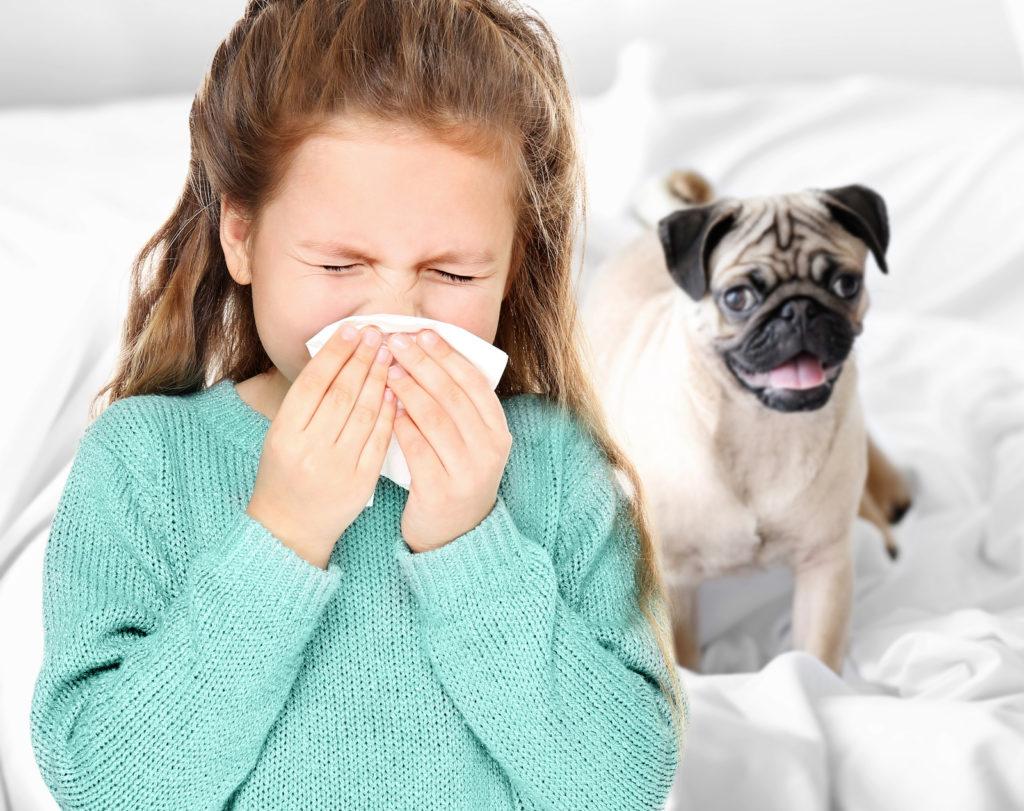How to Test the Air Quality in Your Home
Take a look at DIY air quality tests and know when to call a professional.
Curious about the air quality in your house? Wondering what’s the best way to test, monitor, and improve it? Look no further. Here are some of the obvious signs that point to poor air quality, several ways to find out what funky stuff is floating around in your home, and even an easy way to control it automatically.
Signs you should test your air quality
If you have any health symptoms like chronic allergies and asthma, frequent headaches, bronchitis or colds that last an unusually long time, your body may be feeling the effects of pollutants in your home. And those airborne irritants could be anything from gas fumes to pet dander to mold that you can’t even see.
Sometimes the contaminants are more extreme, such as hazardous chemicals and asbestos. If you notice severe symptoms such as dizziness, nausea, rash, fever, chills, fatigue, vomiting or shortness of breath, you definitely need to have your air quality tested.
Automate air quality monitoring and control
One of the easiest ways to address indoor air comfort and safety is to install an Awair Element: an intuitive, easy-to-use device that allows you to automatically monitor your indoor air quality (IAQ). Using a fan and laser sensor, Awair Element tracks five air quality factors that can impact your health, comfort and productivity, including temperature, humidity, carbon dioxide, volatile organic compounds (TVOCs) and microscopic particulate matter (PM2.5) from cooking, wildfires or vehicle traffic.
The Awair Element platform recently integrated with the new Trane Home app, allowing a Trane HVAC system to automatically take action if levels fall below ideal conditions for a user’s personal settings. You can also use voice-activated commands through Amazon Alexa and Google Home. In addition, if you also opt in to Trane Diagnostics, Trane independent dealers can see the Awair readout, alongside the HVAC system data, so they can better troubleshoot issues and provide expert recommendations for solving indoor air quality issues in your home.
Two more air quality tests to consider
To address other potentially harmful air quality issues, you might consider testing for two more contaminants:
- Carbon Monoxide
Carbon monoxide is an odorless gas that comes from the fumes of gas appliances like stoves, ovens, grills, fireplaces, furnaces and water heaters. When carbon monoxide leaks and builds up, it can poison the people and animals breathing it in your home. Carbon monoxide poisoning causes flulike symptoms that can make you pass out and even kill you. Fortunately, installing carbon monoxide detectors to measure the levels in your home and alert you of problems is an easy way to protect yourself and your family. - Radon
Radon is the second leading cause of lung cancer, so testing your home for this contaminant is a smart move. It’s a radioactive gas that naturally occurs as uranium breaks down in the soil and it can seep into your home and silently poison you. The good news is that if you find high radon levels from testing, you can do some simple home renovations to seal and caulk foundation cracks and reduce radon exposure. You can purchase at-home radon tests at most home improvement stores or you can get discounted kits from the National Radon Program Services at Kansas State University. Tests typically use a charcoal reading that is collected in your home over a specific period of time. Then you mail the testing materials to a lab get your results.
When to call a professional
If you are experiencing health symptoms that may be related to bad air or you just want to play it extra safe, call a professional to test your home’s air quality. They’ll be able to run several tests at once and they know exactly what to look for when inspecting your home for potential danger zones. They can also help you figure out a game plan to improve the air quality in your home.
Here are some of the contaminants a pro can test for:
- Indoor mold
- Lead-based paint
- Dust particles and other allergens
- Smoke-related air pollution
- Toxic chemicals
- Combustion particles or gases
If you need help with your home’s IAQ, your local Trane Comfort Specialist™ can help you track down pollutants and find a solution. Improving your air may be as simple as using an Awair Element, choosing the right air filter, using an air purifier or installing a whole-house air filtration system like a Trane CleanEffects™ Air Cleaner.




